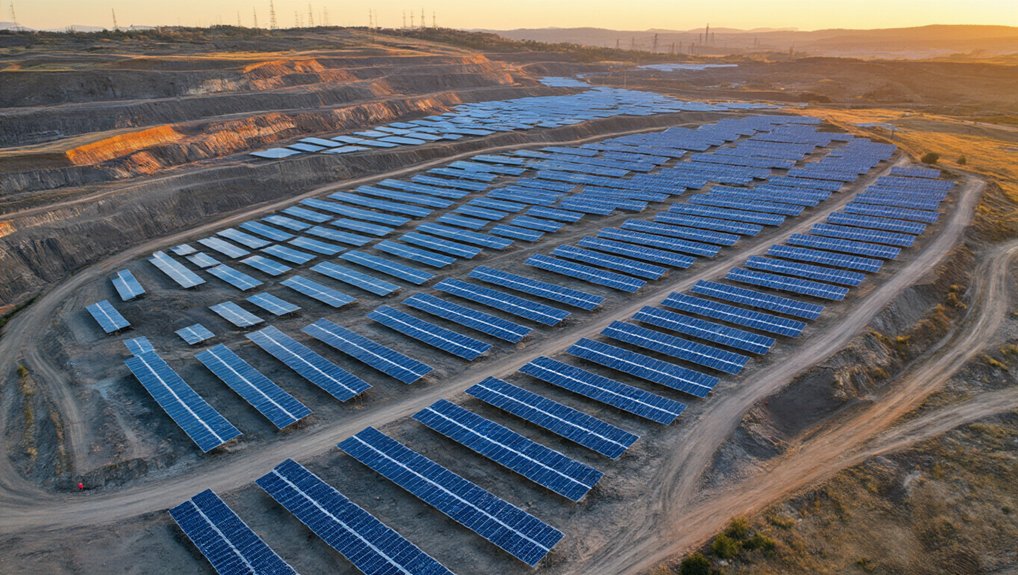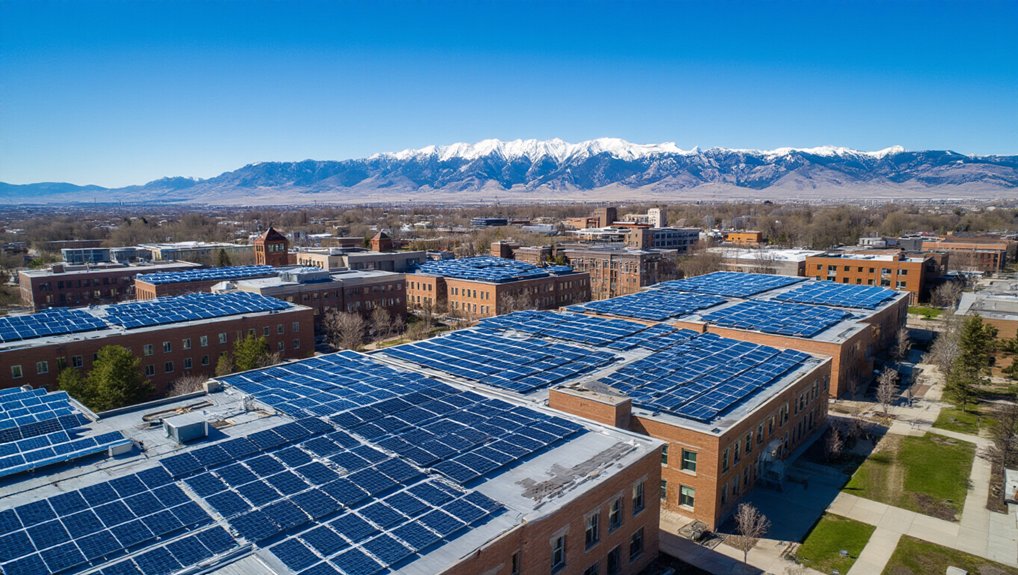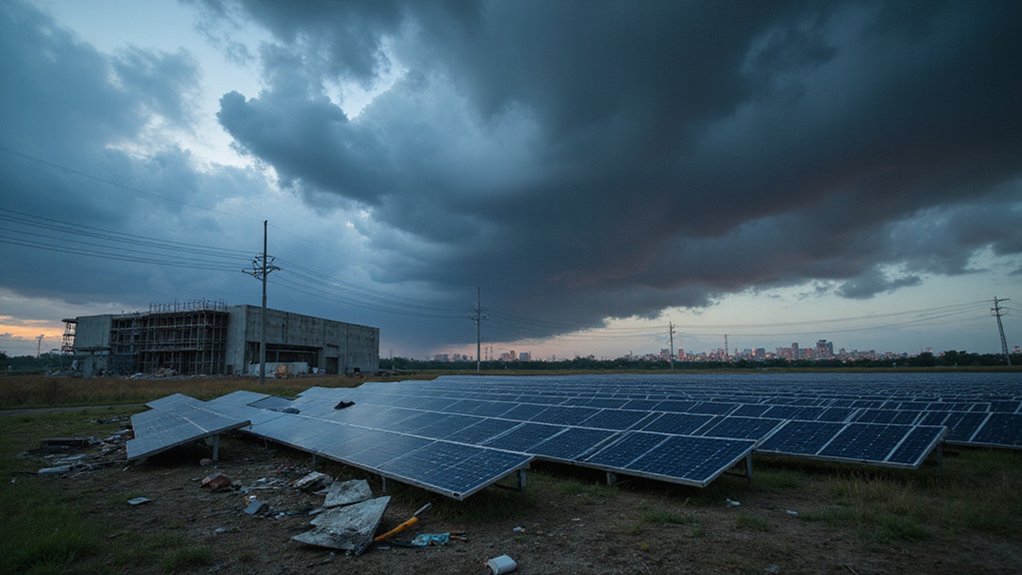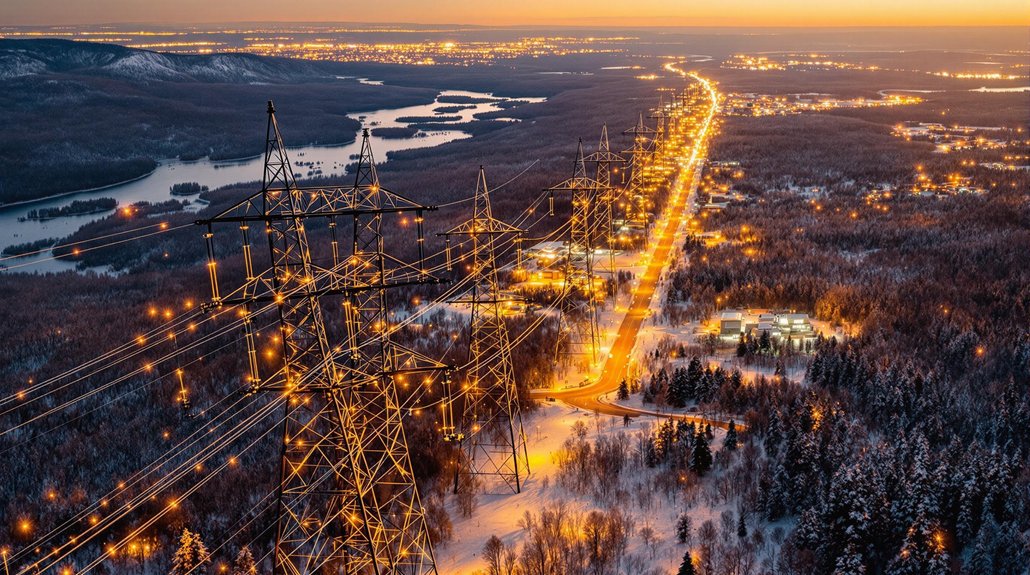While the world frets about where to put all those solar panels, China’s been quietly turning its dead coal mines into power plants. They’ve already got 90 sites running, cranking out 14 gigawatts of solar capacity. Another 46 projects in the pipeline will add 9 more gigawatts. Meanwhile, the rest of us are still drawing up plans.
The numbers are staggering. Nearly 300 gigawatts of solar could fit on abandoned coal mines worldwide by 2030. That’s enough juice to power Germany. All of it. Over 300 recently shuttered surface mines could host 103 gigawatts right now, today, if someone would just get on with it. The total area available spans 5,820 square kilometers, larger than Delaware.
Another 185 gigawatts worth of mines will close soon, creating more opportunities. It’s almost too perfect. These sites already have roads, cleared land, and power lines. No trees to cut down. No farms to displace. Just flat, dead ground waiting for panels. Surface mines are basically solar farms that haven’t been built yet. The Global Energy Monitor study confirms what should be obvious to everyone by now.
Outside China, 14 countries are trying to catch up. Australia, the US, Greece—they’re all targeting a combined 11 gigawatts. Most of these projects exist mainly in PowerPoint presentations. Only a handful actually produce electricity. The pace picked up recently, with conversions happening in 15 countries, but it’s still mostly talk.
The world has shut down over 6,000 coal mines since 2010. At least 33 countries have promised to phase out coal entirely. That’s a lot of empty land sitting around doing nothing.
Sure, there are problems. Regulations move slowly. Politics gets messy. Some sites need serious cleanup before anyone can build anything. Financing isn’t always straightforward. Not every abandoned mine works for solar—some are too damaged, too remote, or too complicated.
But the potential is right there, staring everyone in the face. These dead mines could boost global solar capacity by 15 percent. Communities that lost coal jobs could get new ones. Degraded land gets a second life. The initial installation costs may seem steep, but the long-term benefits clearly outweigh the investment. It’s the kind of obvious solution that makes you wonder what’s taking so long.
References
- https://globalenergymonitor.org/press-release/converting-closed-coal-mines-to-solar-can-add-15-to-global-capacity/
- https://carbon-pulse.com/409212/
- https://globalenergymonitor.org/report/bright-side-of-the-mine/
- https://www.scmp.com/business/china-business/article/3314713/could-old-coal-mines-help-ease-chinas-solar-panel-overcapacity
- https://www.ndtv.com/world-news/energy-transition-how-coal-mines-could-go-solar-8697300









